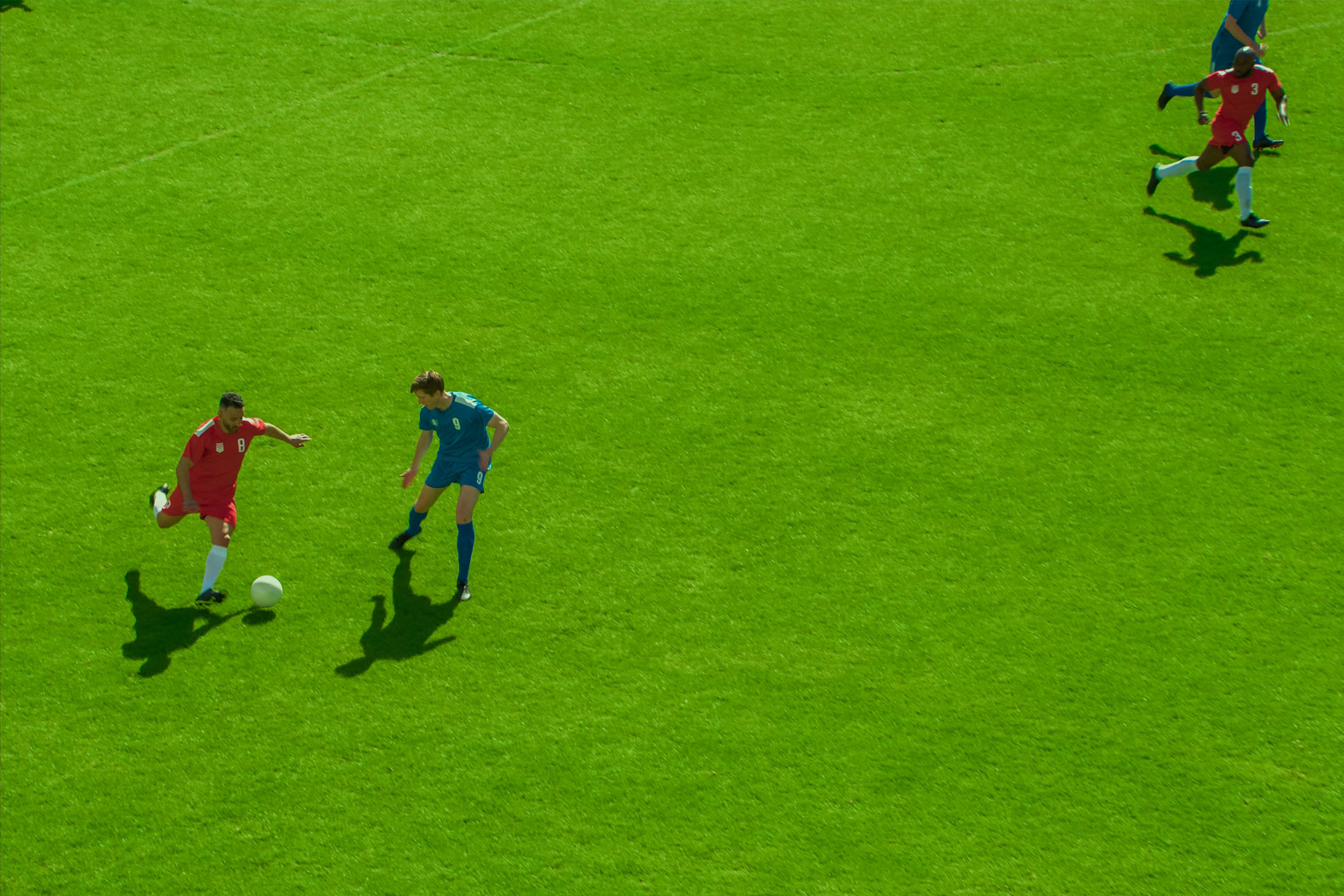
Best practice in anticipating crosses: techniques for defenders and goalkeepers
Antoine Roex, Keeper In Motion – 26 September 2024
Anticipating crosses is a crucial skill for defenders and goalkeepers. Knowing how to read your opponent’s intentions and position yourself correctly can make all the difference in a decisive phase. Discover the best practices for effectively anticipating crosses, improving your defensive game and reacting quickly to lateral attacks.
Reading your opponent’s body and intentions
The ability to anticipate a cross relies heavily on reading the signals sent by your opponent. An experienced defender or goalkeeper must constantly observe the body language of attackers. This includes the direction of their gaze, the angle of their body and the position of their kicking foot, all of which can indicate the trajectory of the ball. For example, a player preparing to cross from an outside position may send the ball closer to goal, while a more axial position may suggest a cross back towards the penalty area. Developing this ability to observe not only enables you to react more quickly, but also to reduce the margin for error by anticipating opponents’ movements.
Positioning and covering dangerous areas
Positioning is fundamental to anticipating a cross. Whether you’re a defender or a goalkeeper, it’s essential to cover the key spaces where the ball is likely to land. For defenders, this often means occupying positions between the attacker and the ball, while keeping an eye on both the player carrying the ball and potential runners in the box. As for goalkeepers, they have to adjust their position according to the angle of the cross, often close to the near post to limit direct shooting angles, while being ready to move forward to intercept the ball or to quickly reposition themselves towards the far post in the event of a long cross.
Communication and teamwork
Communication is crucial to managing crosses. A well-organized defense relies on clear instructions between the defenders and the goalkeeper. The defenders need to coordinate to ensure that each is covering a specific area or a specific attacker, while the goalkeeper needs to give instructions on how to handle the cross, including whether he intends to come out to intercept the ball or stay on his line. This avoids hesitation and marking errors, and keeps the whole team compact and reactive. A team that communicates effectively reduces the likelihood of leaving space for opponents to exploit.
Specific training and scenario rehearsal
Anticipating crosses requires both physical and mental preparation. Training sessions should include specific exercises, such as simulating crosses in a match situation, with strong pressure exerted by the attackers. This enables defenders and goalkeepers to fine-tune their timing, decision-making and coordination. Reflex and lateral movement exercises, such as speed ladder drills or positioning games, also help to improve reaction speed and reduce response time to opposing crosses. Repeating these scenarios in training helps to internalize good practice, transforming anticipation into a natural reflex.
Conclusion
Anticipating a cross is an art that combines observation, positioning, communication and training. Defenders and goalkeepers who master these aspects are able to minimize the risks associated with opposing crosses, thus offering their team greater defensive solidity. By rehearsing these skills in match situations and developing team cohesion, it is possible to transform this phase of the game into an opportunity rather than a threat.
References :
- Mastering Crosses: A Goalkeeper’s Guide
- How to Defend Crosses in Football
- 35 Tips To Be a Better Soccer Defender
